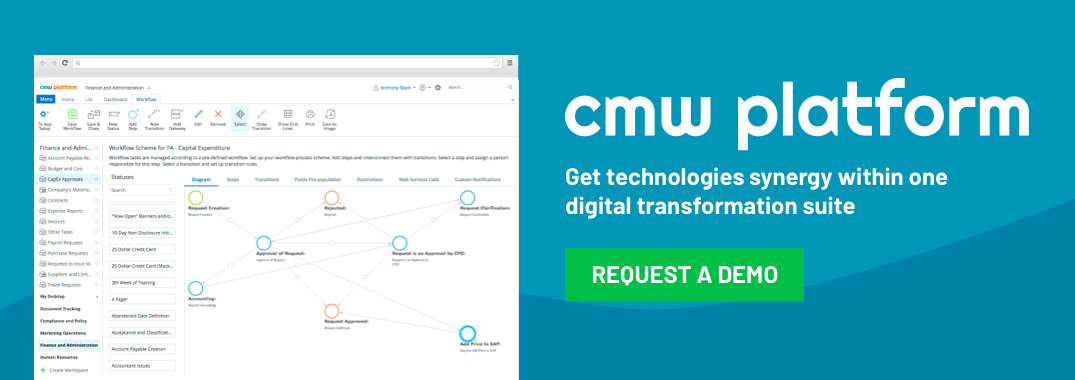Keeping Workplace Sanity and Your Resource Management Tool: When Doing More with Less Becomes the Norm
May 27, 2014
Project management success is largely dependent on the individual and collective contributions of the people comprising a company. If staff workload is not properly managed and allocated, the dominoes start falling – some team members juggle their time between projects, all the while trying to keep a work-life balance, others don’t meet deadlines because they’re not equipped with the right set of skills or competencies to get the job done, changing priorities up workforce frustration a notch further, and the list goes on and on.
The bottom line becomes bleak, as a result. Delivery deadlines aren’t met, projects fail and clients are left to consider other product or service providers – a project management nightmare, in other words. This is why a resource management tool is one of the most powerful tools in any project manager’s arsenal.

Project and resource management software – why it’s important
In the real world, accurately balancing a team’s workload isn’t a walk in the park, particularly since companies nowadays are constantly pressured to downsize and minimize labor costs. While most lean companies boast of the best possible talents in their respective industries, the freneticism associated with doing more with less always takes its toll sooner rather than later. Often, the result is people quitting to get away from the stressful situation, even if that meant taking on jobs that pay less.
A resource management tool, a functionality that’s inherent in most full-blown project and resource management software like Comindware Project, helps identify and resolve resource conflicts. A resource conflict occurs when a staff member is assigned multiple tasks from different projects, all to be performed at the same time. Unless the same staff member has exceptional abilities – we know that multitasking is a myth – doing multiple project tasks simultaneously and generating the best possible results for each, including failure to show signs of workplace fatigue, is a rare, if not impossible, feat.
With a resource management tool, project managers are able to forecast how resource allocation is affecting each project and the teams working on them. Without having to check multiple reporting tools, they are able to easily gauge if a project will be delivered as expected. As well, they get to monitor team workload, make reasonable adjustments and find available resources, if needed.
Comindware Project’s human resource management tool
Dynamic projects, such as those in the design field, where tasks and priorities change on short notice can benefit from Comindware Project’s easy workload view capability. With this human resource management tool, assigning and reassigning tasks can be done with a few clicks. Staff calendars are color-coded, so project managers are able to instantly spot those that are available for assignments, reasonably loaded, working on multiple tasks, and even those on leave or vacation.
Staff assignments and deadlines are visually represented as well, so that even at a glance, project managers know which tasks are going along as planned and which are past due – a capability that’s a plus for a project resource management software.
Conclusion
To maintain workplace sanity and keep your team motivated and productive, your resource management tool plays an important role, especially for highly dynamic projects, large resource pools, even small talent pools that require accurate workload balancing. Between tired and stressed staff members who deliver mediocre results at best, a project and resource management tool to take the headache out of workload management allocation is a far, far better choice.




